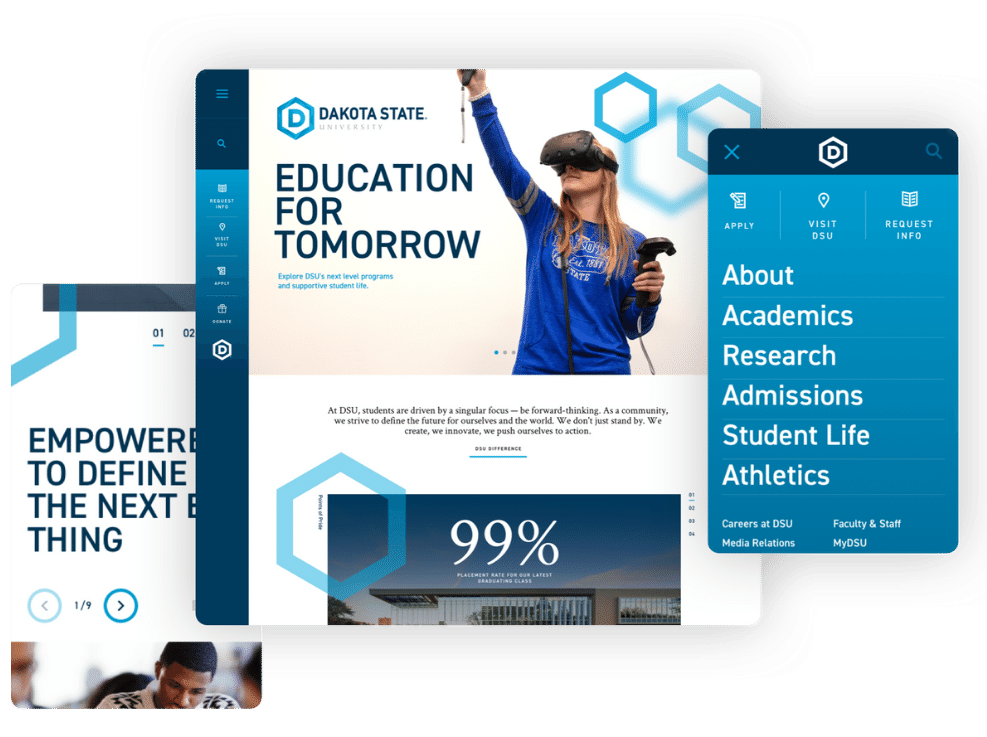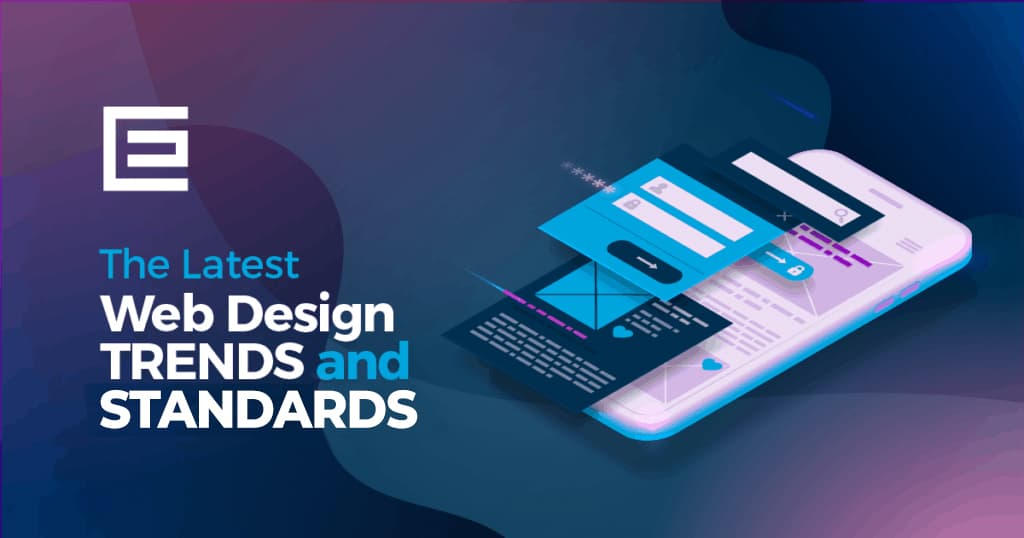The Comprehensive Guide to Crafting Visually Appealing and Functional Web Style That Meets Individual Demands
In today's electronic landscape, the importance of crafting web layouts that are both useful and visually enticing can not be overstated. By prioritizing user-centered style principles, designers can create experiences that not just draw in but additionally preserve individual passion - web design.
Recognizing User-Centered Layout
At the heart of reliable website design exists the principle of user-centered design, a viewpoint that focuses on the needs, preferences, and habits of customers throughout the development process. This approach includes extensive research to understand the target audience, making certain that the final product reverberates with its intended customers. By integrating individual responses at every stage, developers can develop user interfaces that are not only aesthetically attractive however intuitive and likewise practical.
User-centered style stresses empathy, needing developers to step into the individuals' shoes and consider their point of views. Methods such as individual characters, trip mapping, and functionality screening are used to recognize pain factors and opportunities for enhancement. This repetitive process enables continuous refinement, as designers adjust to developing user demands and technological improvements.
Integrating user-centered design results in increased customer satisfaction and involvement, eventually causing higher conversion rates and brand commitment. It promotes a joint environment where stakeholders, consisting of developers, developers, and individuals, interact to achieve a shared vision. By placing customers at the center of the design process, organizations can create websites that not just fulfill company purposes however also supply fulfilling and meaningful experiences for individuals.
Key Principles of Visual Layout
Effective aesthetic design acts as the foundation for creating user-friendly and interesting websites. It encompasses numerous vital concepts that direct developers in crafting visually pleasing and functional user interfaces.
First, equilibrium plays an important role in accomplishing visual consistency. Developers must disperse elements uniformly across the layout to stay clear of overwhelming customers. This can be attained via unbalanced or in proportion layout methods.
Next, contrast boosts readability and attracts attention to vital aspects. By making use of varying shapes, sizes, or colors, designers can develop prime focus that assist users with the material.
In addition, positioning is necessary for arranging information. Constant alignment of text and images cultivates a tidy format, enhancing total navigation and user experience.
Proximity likewise adds to visual clearness. Grouping related items together help individuals in recognizing the connection between different elements, making the user interface a lot more intuitive.
Lastly, consistency in layout aspects, such as colors, designs, and typefaces, reinforces brand name identification and helps users navigate the website a lot more effortlessly. By integrating these key principles of aesthetic style, web developers can create interfaces that are not just aesthetically appealing but user-centered and additionally functional.
Significance of Responsive Design
Responsive design is a vital element of modern web advancement, making sure that internet sites function perfectly throughout a variety of gadgets and display sizes. As the web landscape develops, the diversity of devicesâEUR" ranging from smartphones to tablets and desktop computersâEUR" demands a style strategy that accommodates all users.
Applying receptive layout permits a flexible format that instantly adjusts based on the user's screen dimensions. This versatility not only boosts access but likewise boosts usability, as users can connect and navigate with the website effortlessly, despite their device.

Additionally, receptive style lowers the demand for keeping multiple variations of an internet site, enhancing updates and material monitoring. This efficiency translates right into expense savings and an extra natural brand experience across systems.
Enhancing User Experience
User experience (UX) is an essential element of website design, influencing exactly how site visitors engage with a web site and regard its value. A well-crafted UX guarantees that customers can navigate intuitively, discover details quickly, and accomplish their goals efficiently. The design should think about the user's journey, from the moment they come down on the website to the completion of their preferred activity, whether that be purchasing, registering for an e-newsletter, or accessing info.
Secret elements that improve UX consist of clear navigation, responsive formats, and appealing aesthetic web content. Uniformity in layout elements such as fonts, switches, and colors promotes experience, making the site really feel cohesive. Additionally, optimizing lots times is important; individuals are much less most likely to stay on a site that is sluggish to respond.

Evaluating and Iterating Designs
Evaluating and repeating layouts are fundamental procedures that adhere to the initial development of an internet site, making sure that the individual experience stays at the leading edge of any adjustments. These stages entail collecting individual comments, assessing style efficiency, and making notified modifications to improve usability and interaction.
Efficient screening can take numerous types, including functionality screening, A/B screening, and customer surveys. Use screening allows developers to observe genuine customers as they engage with the site, determining discomfort factors and areas for renovation - web design. A/B screening, on the other hand, compares 2 versions of a layout aspect to determine which performs much better, providing quantifiable data to overview choices. helpful hints Customer studies can use qualitative understandings, catching user sentiments and preferences.
Continual model promotes an adaptive style approach, where the website progresses in feedback to user actions and responses. By dedicating to extensive testing and version, developers can produce a website that not just fulfills visual criteria however likewise delivers a enjoyable and smooth customer experience.

Final Thought
Finally, effective web style requires the assimilation of user-centered concepts, vital aesthetic layout aspects, and responsive structures to produce appealing user interfaces. By focusing on customer demands and implementing continuous testing and version, developers can refine their developments to improve total contentment. The commitment to these methods not just fosters an aesthetically attractive aesthetic yet also guarantees performance throughout diverse tools, eventually adding to a positive individual experience and increased interaction.
By focusing on user-centered style concepts, designers can develop experiences that not just bring in however additionally retain user passion.At the heart of effective internet style exists the principle of user-centered layout, a viewpoint that prioritizes the needs, choices, and habits of customers throughout the growth process. By putting individuals at the forefront of the layout procedure, organizations can produce internet sites that not just satisfy service objectives however likewise offer satisfying and significant experiences for individuals.
By prioritizing user requirements and preferences, internet designers can create experiences that are not only aesthetically attractive but additionally practical, ultimately cultivating individual complete satisfaction and commitment.
Individual surveys can use see this here qualitative insights, capturing individual views and preferences.